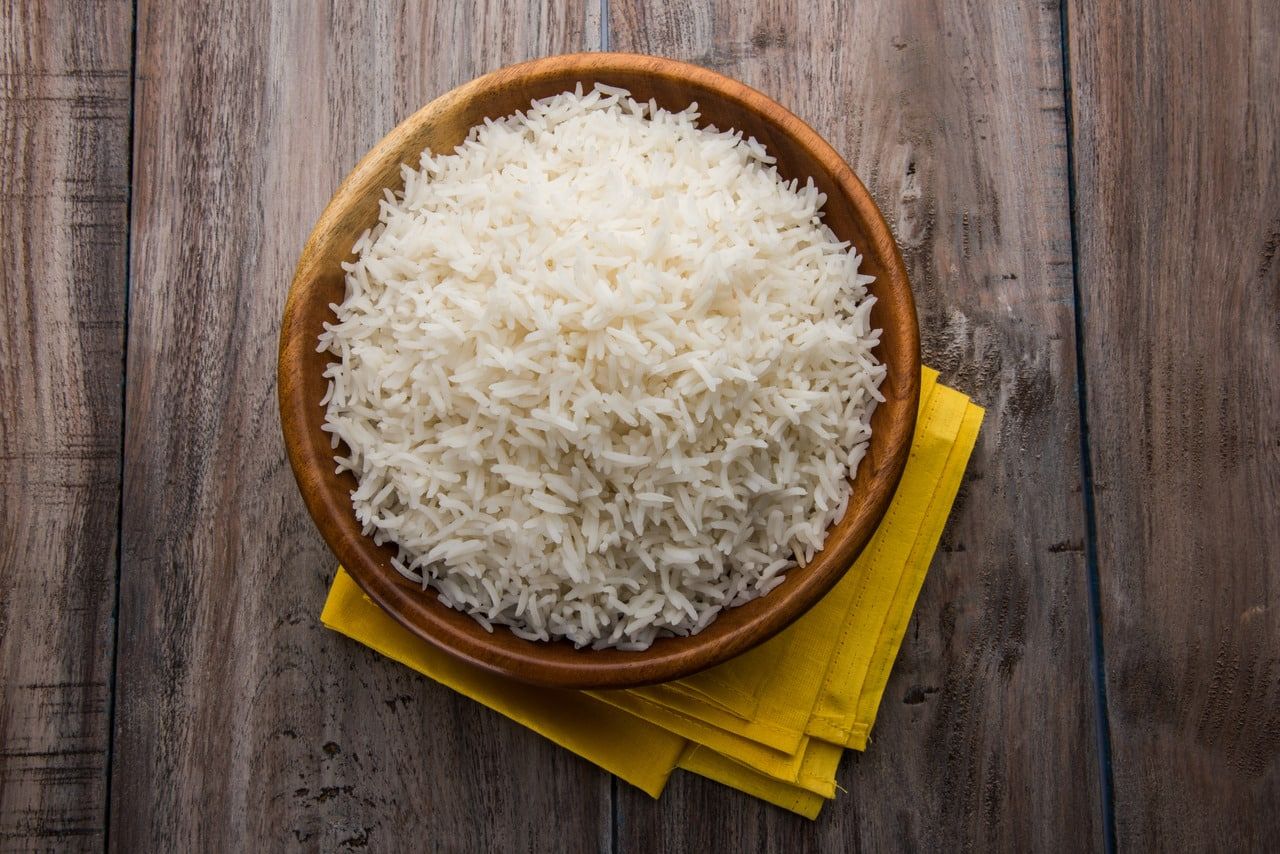With diabetes continuing as the fourth leading cause of death in the Philippines– affecting mostly obese people but can even afflict the healthiest weighing Filipino– a change from sedentary to active lifestyle with foods low in cholesterol (particularly controlled rice intake) being advised to prevent further deterioration of one’s health, the International Rice Research Institute (IRRI) in Los Baños, Laguna is about ready to launch its ultra-low glycemic index rice by 2025.
Type 2 diabetes, which is caused by increased intake of carbonated drinks and high sugar foods (like baked products from white flour and ready to eat foods and fried foods), used to afflict adults from 40 to 65 years old, but is now prevalent in all ages.
These foods induce chronic inflammation, a factor that can lead to diabetes.
Risks to diabetes among young people are: obesity (22 percent), current drinkers (56 percent) and current smokers (28 percent). As of 2019, the prevalence of diabetes in the Philippines was at 6.3 percent resulting in a ratio of 1 out of 14 Filipino adults living with the disease.
In 2019, Dr. Cynthia Sanchez, trustee of Diabetes Philippines, Inc. said of the over 63.27 million Filipino adults, 3.99 million had diabetes.
By 2030, she said, they predicted the cases to increase 5.2 million and by 2045 to 7.2 million.
Heart disease is the leading cause of death then, followed by stroke and cancer with diabetes at the fourth. Diabetes is the increase of glucose in the blood due to lack of insulin or improper use of it by the body. The parts of the body affected by diabetes are the brain, eyes, heart, kidneys, and nerves.
Multiple benefits
IRRI’s associate scientist Reuben James Buenafe, in a statement, said by 2025, the ultra-low GI high protein rice variety will be released to farmers for commercial planting.
This variety can help muscles grow and develop brain activity, Inquirer reported.
Despite having the same caloric content as regular rice, it will be more balanced (packed with proteins of the building blocks called amino acids for tissue and muscle development) with proteins sources like eggs, nuts, lean meats, fish and dairy, Rhowell Tiozon said.
He added that the ultra-low GI rice would reduce the craving for rice as the user would have a “full” feeling, reducing the need for “unli rice” offering of food establishments.
Though this would shrink the market for regular rice, the ultra-low GI rice will divert the market to the healthy option, thus farmers (and their families) who would plant them would benefit directly from the ultra-low GI rice.
To be tried in multiple locations, the high protein rice already started in over 10 provinces of the country.
Tiozon said they expect that more rice farmers will cultivate this variety once the trials determine the target market. He also said the price of ultra-low GI, high protein rice is the same as the normal rice available in the markets.
The new variety use the same amount of fertilizer as regular palay and planting conditions are basically the same.
#WeTakeAStand #OpinYon #IRRI #RicevariantforDiabetes
